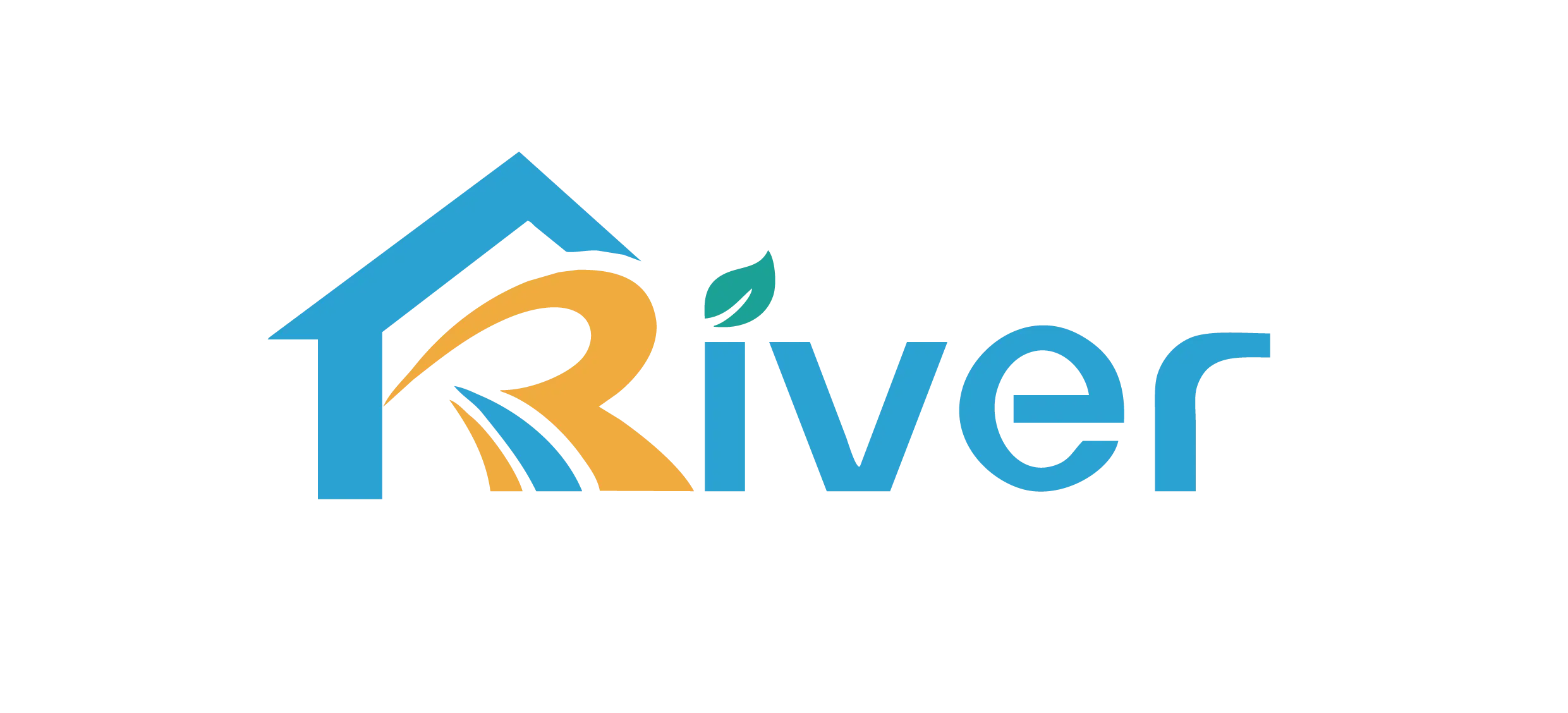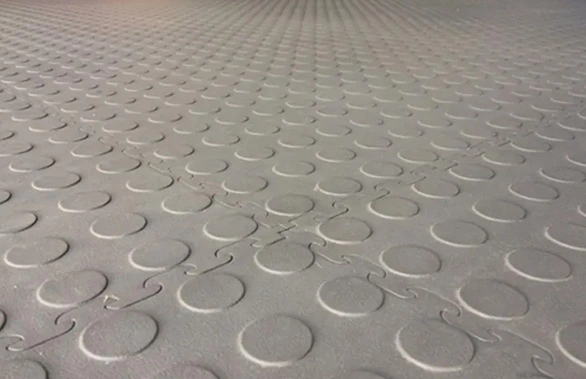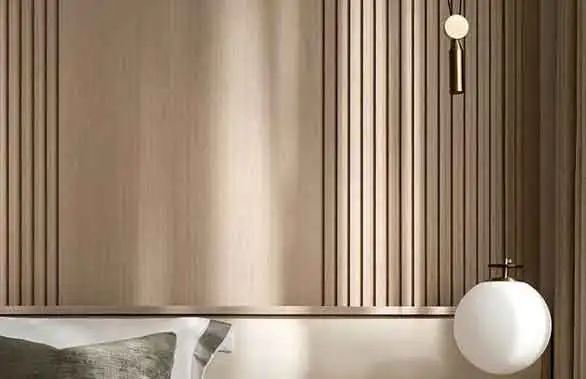When choosing flooring, LVT flooring, SPC board flooring, and WPC floor decking are some of the most popular types of PVC flooring at present. Each has its own features and is suitable for different scenarios. Below, we will explore the differences between these flooring types in terms of variety, materials, uses, thickness, and installation methods.
From the Variety Perspective
PVC flooring is a broad category of plastic flooring. LVT flooring, SPC board flooring, and WPC floor decking are all derived products of PVC flooring. LVT flooring can be seen as the precursor to both SPC board flooring and WPC floor decking, belonging to the first generation of products. WPC floor decking is referred to as wood-plastic flooring in China, while SPC board flooring is called stone-plastic flooring.
From the Material Perspective
LVT flooring: Made of a higher percentage of polyvinyl chloride (PVC) and a small amount of calcium carbonate powder, it is a semi-rigid sheet flooring.
WPC floor decking: Composed of polyvinyl chloride and wood powder, it is also a semi-rigid sheet flooring.
SPC board flooring: Made of 25% PVC and 75% calcium carbonate powder, it has a high hardness and is a typical rigid sheet flooring.
From the Usage Perspective
LVT flooring: Mainly used in places such as schools, kindergartens, playrooms, and offices.
WPC outdoor flooring: Primarily suited for outdoor environments.
SPC board flooring: Due to its excellent wear resistance and waterproof performance, SPC board flooring is widely used in homes, hotels, restaurants, schools, hospitals, and other public spaces.
From the Thickness Perspective
WPC outdoor flooring: Typically has a thickness of 8mm or more.
SPC board flooring: Generally has a thickness between 4-7mm.
LVT flooring: Usually has a thickness of no more than 5mm.
From the Installation Method Perspective
LVT flooring: Depending on the product type, it can be installed using either glue-down or click-lock methods.
WPC outdoor flooring: Outdoor installation is more complex, requiring the installation of battens first, followed by the WPC floor decking.
SPC board flooring: Uses a click-lock design, making installation easy. Even non-professionals can easily complete the installation.
SPC board flooring, WPC floor decking, and LVT flooring each have their own strengths, so it's important to choose the floor that suits your specific needs. If you need a waterproof, wear-resistant floor suitable for high-traffic areas, SPC board flooring is the ideal choice. If you are looking for something for outdoor use or want to enjoy the aesthetic of wood textures, WPC floor decking is a better option. On the other hand, LVT flooring, with its rich designs and comfortable feel, is commonly used in commercial spaces and educational environments. Choosing the right floor for different scenarios ensures both aesthetic appeal and practicality.








